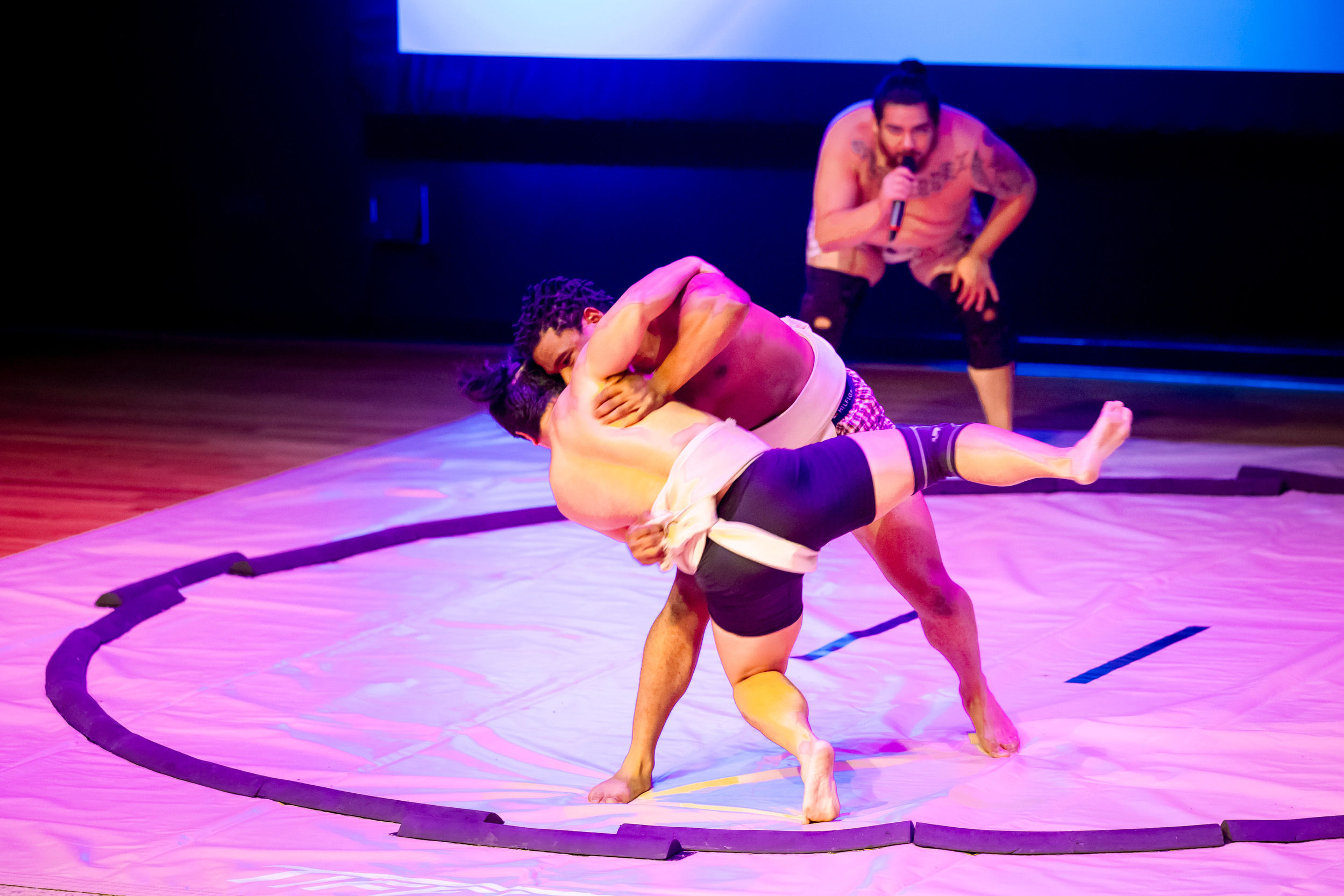Sample Houston's Thriving Zine Culture This Weekend at Lawndale
Print is not dead. In fact, it’s very much alive and well, as evidenced by the enduring popularity of Zine Fest Houston. The self-publishing festival has grown so steadily since its inception that it has had to move venues a handful of times in order to accommodate the burgeoning crowds. Since 2016, Zine Fest Houston has taken place at Lawndale Art Center, and this Saturday, more than 90 zine makers will be at the gallery, selling their self-published wares and other merchandise.
So what exactly is a zine? It’s short for “magazine,” and usually refers to a low-circulation, non-commercial, DIY printed publication. Some trace zines back to the 1920s, but they experienced a heyday during the punk and Riot Grrrl eras of the 1970s through the ‘90s. For a while, zines took a backseat as self-publishers moved to blogging and social media. But in a time when many people have become weary and wary of the internet, zines are seeing a resurgence as both a more intimate, and more gentle, way of sharing stories.
Above all, zines are accessible, says Maria Heg, one of Zine Fest Houston’s co-organizers. Anyone can make one, and it can be as simple as a single sheet of paper folded in half.
“Its really about creative control of distribution and content,” Heg says. “One of the great things about zines is that you don’t have to worry about writing for an audience in order to get a publisher to pick you up.”
Heg said zines occupy a special place in a post-blog and post-social media world.
“The internet is notoriously an extremely public place now. One thing that is really valuable about zine-making is that there's built-in space for personal narratives that might be more sensitive or something that people don't want an entire unfiltered audience to experience,” she says.
Plus, zines provide a level of serendipity that online algorithms can't. “A zine, you can just kind of encounter it in the environment—you can stumble upon it in a way that you don’t really with the internet anymore.”
Sara Cress is the author of Breaking Poems, a website where she writes daily poems inspired by headlines. She’s also had a table at Zine Fest Houston for the past four years. Each year she makes a zine centered around a themed collection of poems. Two years ago it was poetry about Hurricane Harvey. This year, she has zines on gun violence, the climate crisis, and more.
“I've been writing these poems for years but most people haven't seen them, so this is their second chance at life in a more organized way,” she says. “I know that my friends like to see them in print, and maybe that's why I do it, just to entertain myself and my friends. But other people look and buy them, too, which is great.”
Cress said Zine Fest also allows her to interact with Houston’s writing community.
“It’s a lot of networking for me,” she explains. “I’ve met other creative people, I've met people who work for Inprint, I've met lots of students. I've met so many kids who tell me about their poetry.”
In addition to artists like Cress selling their works, the festival will feature programming on zine-making, paper-dying, story-telling, and activism. Guest speakers include contemporary artist Paul Middendorf and David Leftwich, founder of the culinary magazine Sugar & Rice.
But don’t let those bigger names fool you. Heg maintains that one of the best things about zine-making is the independent, DIY community.
“Skullduggery is kind of baked into the culture,” she says. “It’s always like, hey, do you work in an office with an old Xerox? You do whatever you need to do to get your zine made.”
Zine Fest Houston, Saturday, September 7. Free. Lawndale Art Center, 4912 Main St. More info at zinefesthouston.org.




